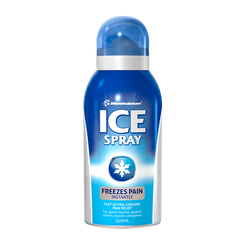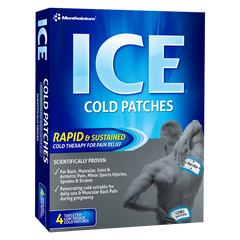As we head into the year, potentially with a new gym routine and new-found motivation, our bodies may not be used to exercising, especially after a break. Before picking up anything again, it’s important to understand your limits and remember that although we may want to reach certain goals or beat certain targets, exercise can be hard on the body and should be eased into slowly to mitigate the risk of injury.

So, before you jump into your new exercise routine, there are a few areas you can focus on to ensure you can get the most out of each session to regain and maintain your fitness, with reduced risk of injury.
Sleep - A good night’s sleep is about quality and quantity. Aiming to get 7 to 8 hours of solid shut eye is critical to living and performing at your best. Sleep is essential to help restore energy, assist in muscle recovery and repair, as well as increasing your gains following a session! If you think you may require more sleep, start by going to bed 30 minutes earlier and see if this makes a difference to your output and recovery.
Nutrition - As you get back into the gym, it is important to make sure you’re fuelling your body properly. A well balanced diet is important for increased performance and quicker recovery, as well as assisting in weight loss or gain depending on your workout goals.
Start slow - Easing your body into your new routine will help to prevent injury. Start with three workouts per week and take at least one rest day in between each workout. If you’re feeling strong and recovered from your training, you can progress every two weeks by increasing sets, reps or weight or decreasing your rest time between workouts.
Take rest - If you’ve had significant time out of the gym, you may be more at risk of an injury. This is because certain muscles have not been used for a period of time. To prevent injury, always listen to your body. The "no pain, no gain" philosophy can easily set you up for an injury. You can get fit without feeling pain so don't push yourself to the point of pain. If you experience pain, stop your workout, and rest for a day. It is important to always rest, even if you don’t have an injury. Rest days give your body a chance to recover in-between workouts. Rest also allows time for your muscles to mend and grow back stronger than before.
Treating workout injuries
If you do develop a workout injury, you may want to follow the RICE/R method to treat your injury and keep it from getting worse:
- R: Rest your body.
- I: Ice the injury to lessen swelling, bleeding, and inflammation.
- C: Apply a compression bandage to minimise swelling.
- E: Elevate the injury, if possible, to reduce swelling.
- R: Refer your injury to a medical professional if necessary.
Sore muscles are often inevitable after getting back into the gym. For assistance with mild workout related pain try our ICE range – products that are great for cooling down the affected area.


Our Ice Spray is a gym bag staple. This effective spray provides temporary pain relief to sports related muscular pain including sprains or strains, back pain and sports related injuries. Spray it directly onto the affected area to help cool down the affected area. Ice Patches are another great option, providing rapid and sustained cooling pain relief in a thin, flexible patch that can be wrapped around difficult body joints such as ankles and elbows.
Grab our ICE range at your local Chemist Warehouse and leading independent pharmacies to keep on hand as your body adapts to being back in the game.
Always read the label. follow the directions for use. If symptoms persist, talk to your health care professional. For the relief of mild arthritis symptoms.



